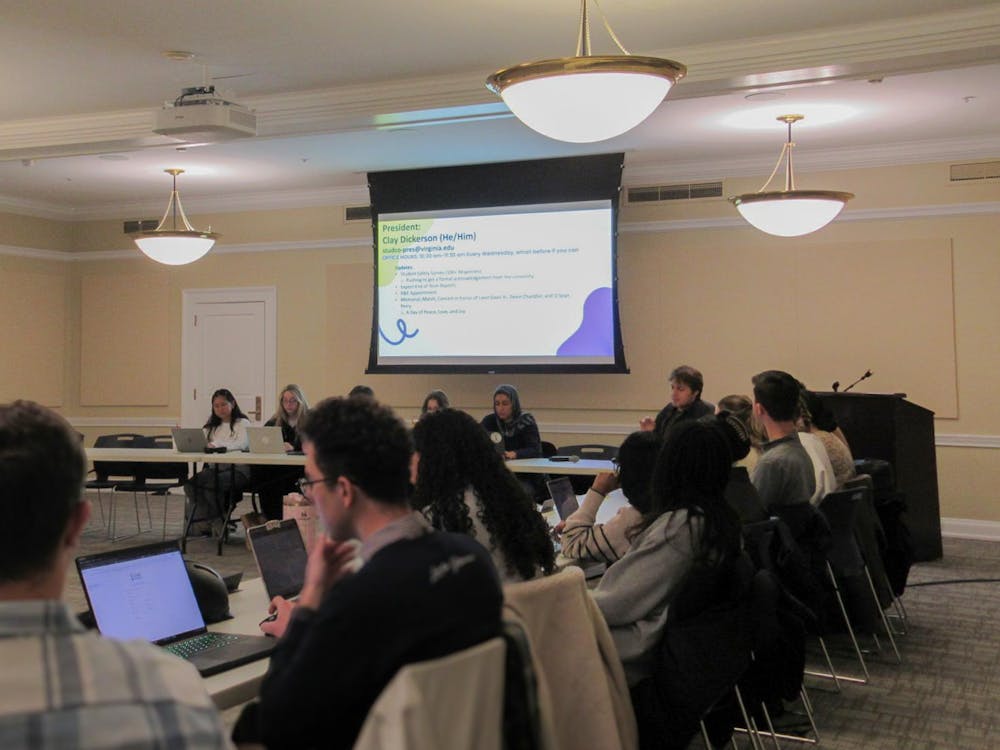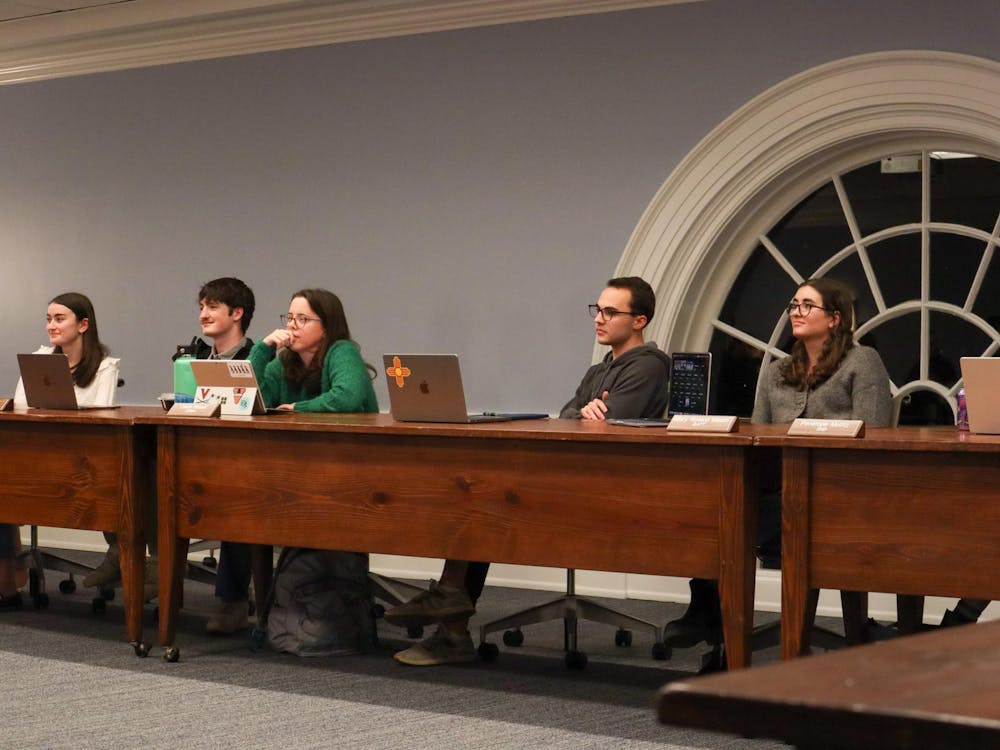The University Board of Visitors Buildings and Grounds committee approved the design for the University's Clinical Cancer Center during its meeting July 27.
The main purpose of the new cancer center will be to house all of the cancer technology, research and treatment equipment in one building, said Peter Jump, University Hospital Center spokesperson.
The cancer center will be located at the intersection of Jefferson Park Avenue and Lee Street where a covered parking garage now stands. Pending approval from the state architectural board Friday, the construction for the center will begin in late 2007.
Several elements were incorporated into the design to create a more visually appealing building, including the use of natural light and color, said Luis Carrazana, University senior facility planner architect for research in clinical programs.
"The design is contextually driven, and it picks up on both the character and the materials of the surrounding buildings," Carrazana said. "I think that cancer treatment and research is typically in lower level areas that are not very aesthetically pleasing. There's a new thinking in cancer treatment, which is making spaces use more natural light and color."
Board member David Abramson praised the look of the new center.
"The physical and exterior design is gorgeous," he said. "It's a very difficult site that the architects have fit a very innovative and wonderful building."
In addition, the building will have an inverted, asymmetric, roof that will trap and clean rain water within its panels to prevent any leaking.
The location of the new center posses some architectural challenges according to Carrazana.
"The building does not really have a backside, so we really had to pay attention to the facades of the building and the roof because the hospital and the surrounding buildings are much higher," he said.
Colette Sheehy, University vice president for management and budget, expressed her satisfaction for the new building and its goals to create an easier and more appealing environment for the hospital's cancer patients.
"It's not just the disease itself, it's the treatment of a person," Sheehy said. "It's the kind of environment when they come to get treatment. It's the whole physical environment."






